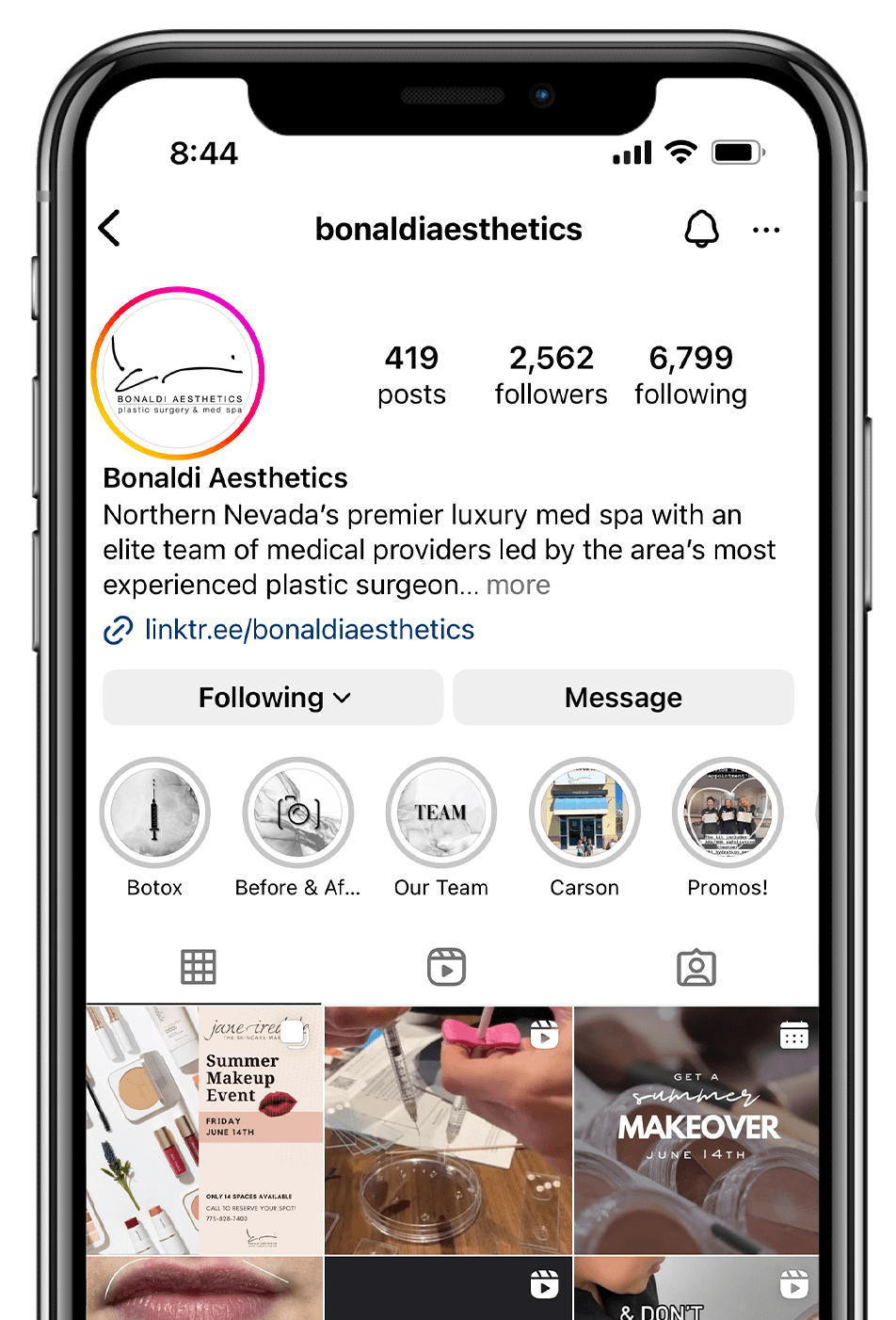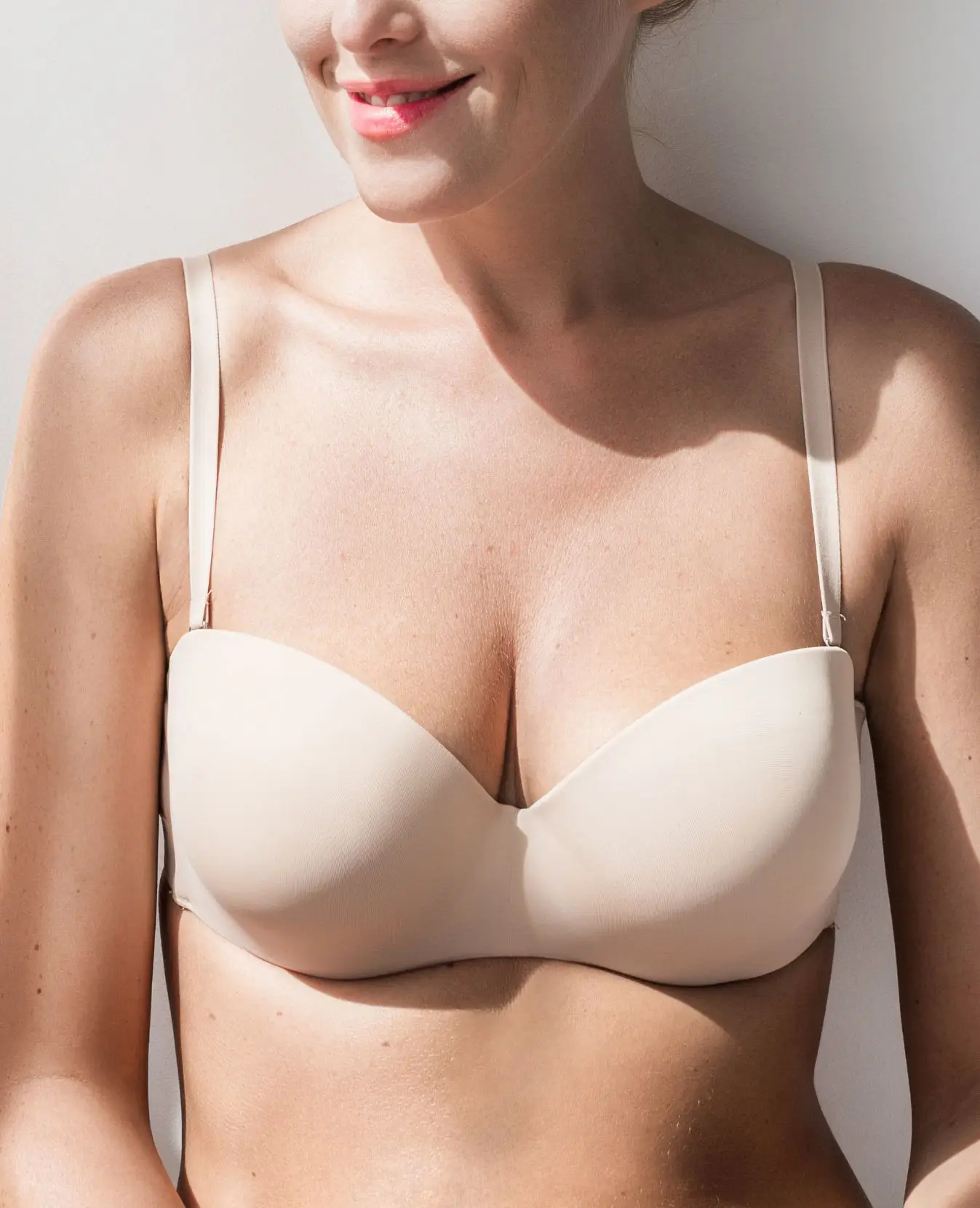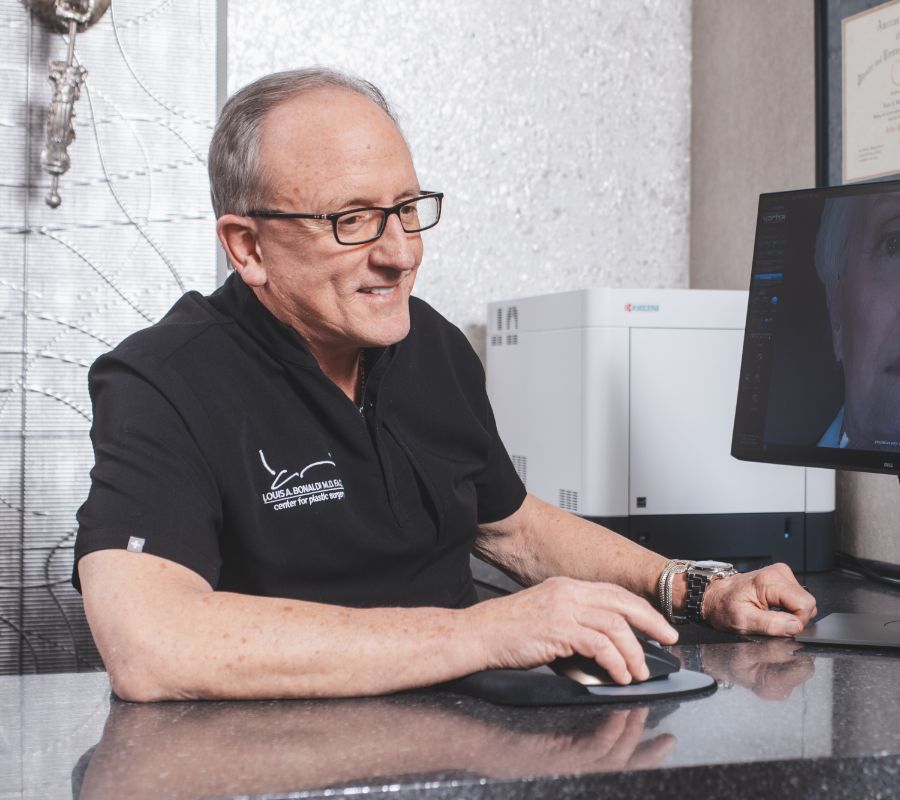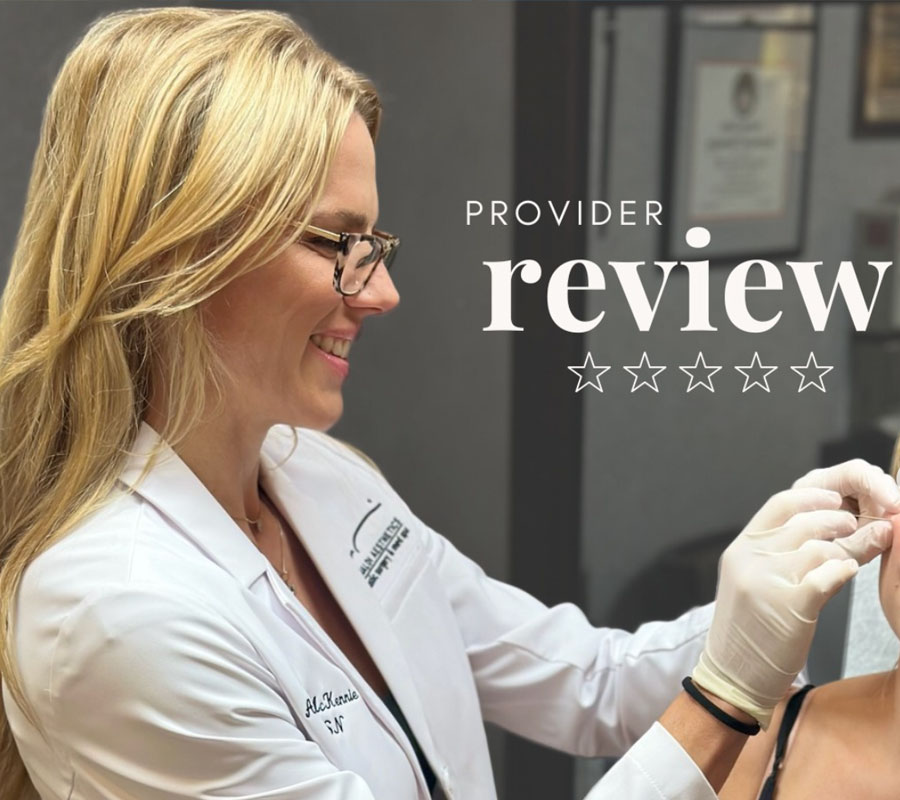
Breast Lift in Reno Tahoe, NV
Gravity and the natural aging process can significantly detract from the youthful appearance of your breasts. Women with breast ptosis (sagging) may feel that their breasts are less attractive or that they have lost their sensual appeal. Pregnancy, weight loss, and aging can all alter the shape and position of your breasts. The process of lifting and repositioning weak, drooping breast tissue through breast lift surgery has helped thousands of women reclaim their youthful physique and confidence.
What Can Breast Lift Surgery Correct?
Post-Pregnancy Breasts
Following pregnancy, women often find that their breasts fail to regain their original shape. Post-pregnancy sagging can be mild or pronounced and can occur in women of any age. This sagging can also occur in women with any breast size, and there are various breast lift techniques to improve post-pregnancy breasts of all shapes and sizes.
Breasts Following Weight Loss
Weight loss often results in sagging, deflated breasts. Many women feel that their breasts prevent them from having the sensual body they have been striving to achieve throughout their weight-loss journey. Breast lift surgery can restore shapely breasts, and it can also be combined with breast augmentation to enhance the size of the breasts.
Aging Breasts
Age-related breast drooping is typically seen in women between 40 and 50 years old. Although these women may have had a generally firm breast appearance for most of their lives, aging can take a significant toll. Age-related breast sagging can occur in women of any size, but women with larger breasts tend to notice it sooner. Breast lift surgery is performed to rejuvenate the breasts and provide a youthful, perky appearance.
Identifying Breast Ptosis
Grade I
Breasts with Grade I ptosis generally still have good skin elasticity. The nipples project forward. Some tissue accumulation at the inframammary fold may begin to occur. Women with small breasts and Grade I ptosis may consider a breast augmentation to improve their breast appearance.
Grade II
Breast with Grade II ptosis generally have a moderate amount of tissue accumulation at or below the inframammary line. The nipples still have an attractive, forward projection. Grade II ptosis is more common in small-breasted women and requires only limited correction.
Grade III
Grade III ptosis is accompanied by a moderate or significant amount of breast tissue accumulation below the inframammary line. The nipples have begun to point downward. Grade III is common in almost all breast sizes and may require a moderate breast lift technique.
Grade IV
Women with Grade IV ptosis will have a significant amount of breast tissue that sits below the inframammary fold. The nipples point downwards. Grade IV is common in women with large, cumbersome breasts. A breast reduction and lift may be considered for some Grade IV patients.
 Model
Model
Addressing Your Concerns
Recovery
Immediately following your surgery, you may experience some bruising and swelling. Patients will wear a compression garment to help minimize swelling and to improve their results. Most patients will resume normal activity within one week following their procedure. Vigorous physical exercise may be resumed four to six weeks from the date of surgery.
Scars
The amount of scarring on the breasts will vary depending on the technique required for your procedure. Mild scarring may occur around the outer edge of the areola and along the lower breast crease. Any scarring that develops is likely to fade over time.
Cost
The cost of breast lift surgery is decided on a patient-by-patient basis. Surgical, facility, and anesthesia fees, as well as the technique used, will affect the cost of your procedure.
Pain
Many patients report only mild discomfort following their procedure. Oral medication can be prescribed to treat any associated pain.
Frequently Asked Questions About Breast Lift Surgery
Incision choice will be made based on the extent of correction required to achieve your ideal results.
- Mild correction may require a donut incision, which is created around the outer edge of the areola
- Moderate correction may require a lollipop incision, which runs around the areola and vertically down the lower breast tissue
- Severe correction requires an anchor incision, which is placed around the areola, down the lower breast, and across the inframammary fold
Once the breast tissue is lifted and positioned on the chest, your nipple-areolar complex will be placed on the breast. Great attention to this detail is provided because it helps create a more natural and youthful breast appearance.
A general anesthetic is used during breast lift surgery to ensure patient safety and comfort.
Yes. Women with larger breasts may have large areolas that they find unattractive. The size and shape of your areolas can be improved during your procedure.
Swelling can affect the appearance of the breasts for three to four months following your surgery. After this time, your final breast appearance should become pronounced.
Patients come from all over to see Dr. Bonaldi.
We are proud to welcome patients from across the United States. Men and women come from coast to coast to see Dr. Bonaldi and our team, thanks to the high level of care and results offered. Whether you are a Reno native or visiting us from out of town, we can’t wait to welcome you to the Bonaldi Aesthetics family.
Stay current by following Bonaldi Aesthetics on social media.

Contact Us
We are always happy to hear from you and to answer any questions or address any concerns you may have. Our goal is to have informed, relaxed, satisfied patients, and we’re here to help in any way possible.
Two convenient Locations
Bonaldi Aesthetics
Plastic Surgery & Med Spa
6630 S McCarran Blvd, Suite B20
Reno, NV 89509
Phone
(775) 828-7400Bonaldi Aesthetics Med Spa
1910 E College Pkwy, Suite 130
Carson City, NV 89706
(Next to Bella Salon & Spa.)
Phone
(775) 828-7400




